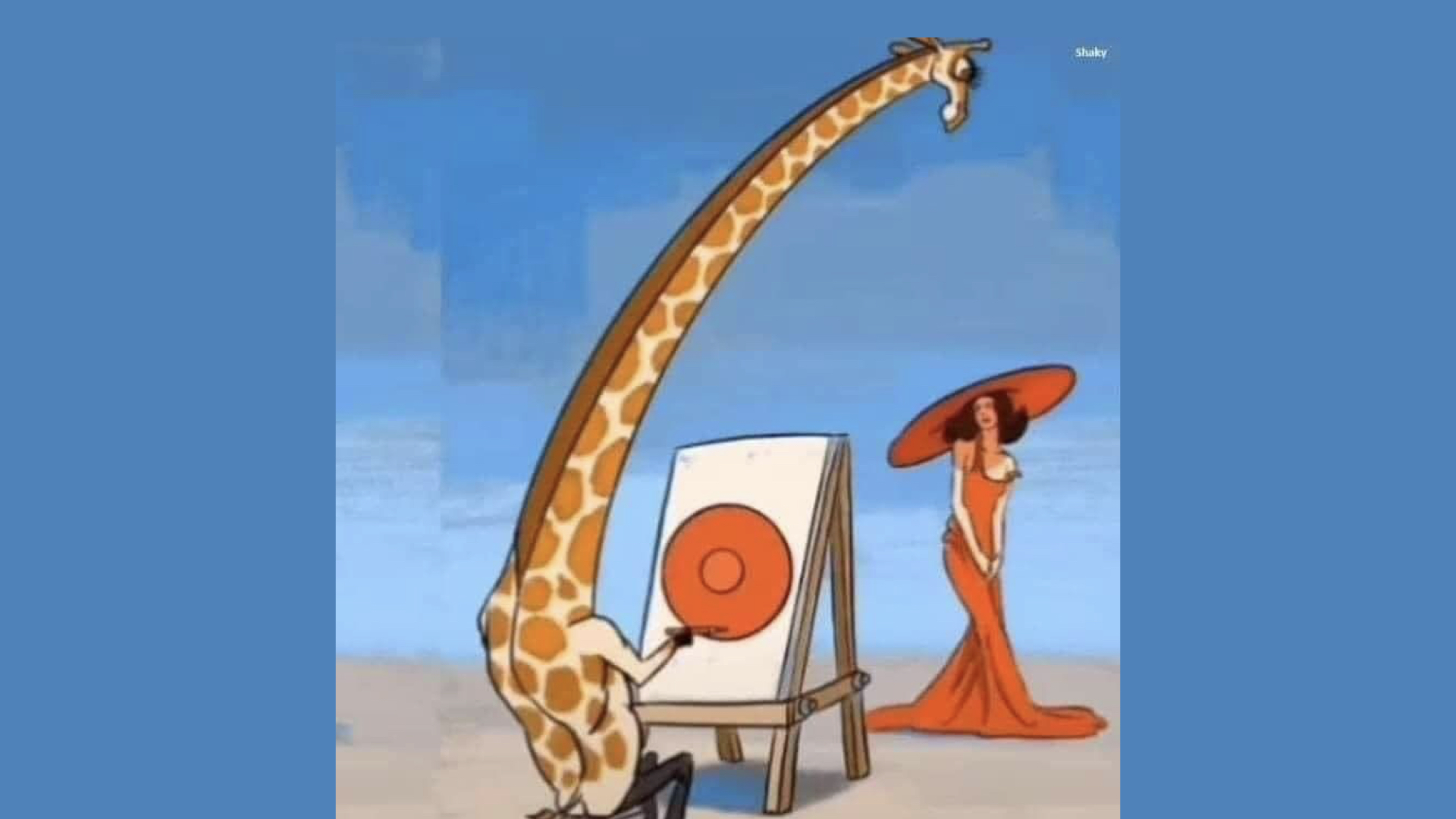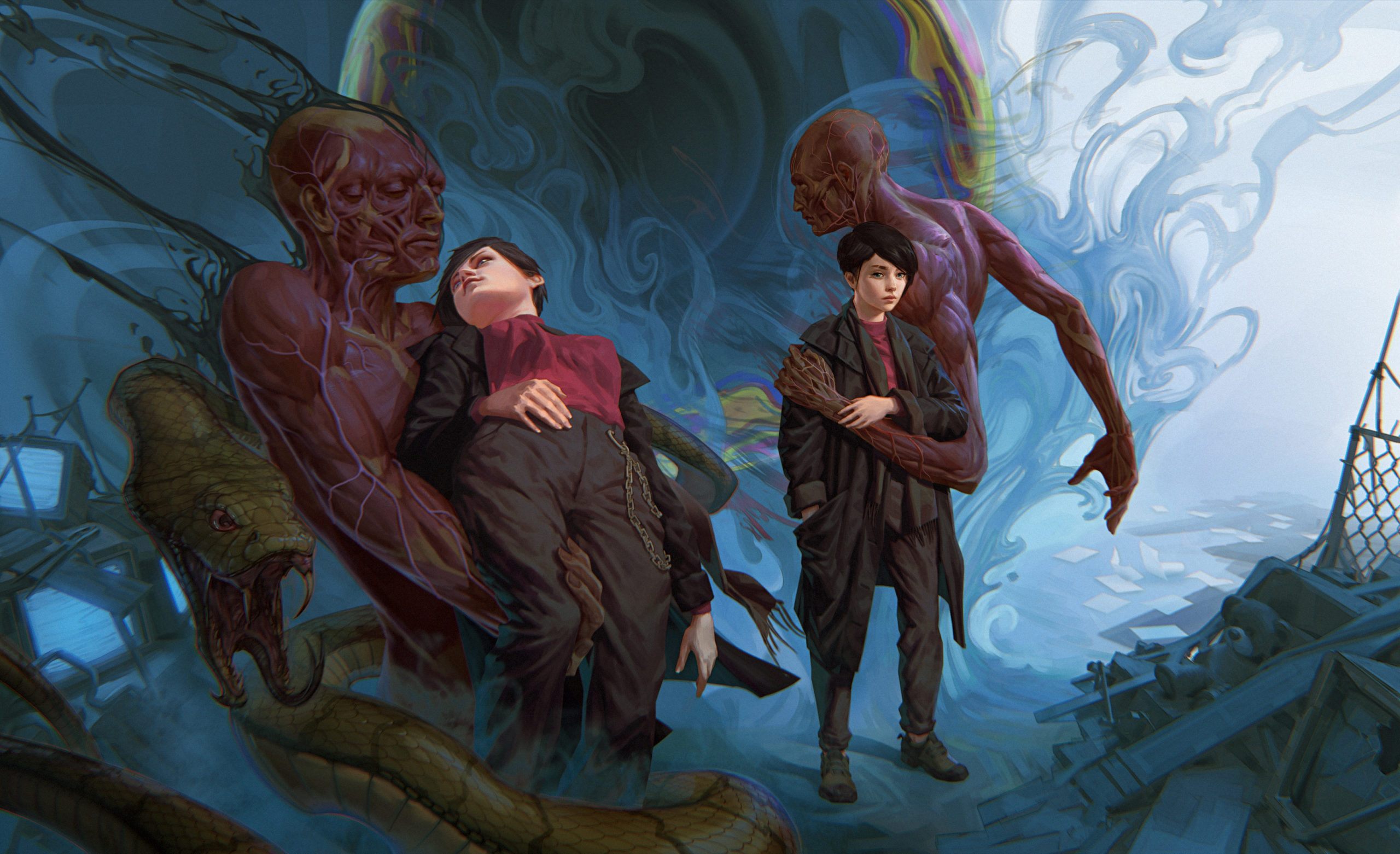Leaders must rightsize the organisation for their current reality when confronting change, a difficult task, as Kodak discovered.
Posted 3 years ago Tagged Aidan McCullen Business Clayton Christensen Disruption Innovation Leadership Strategy Transformation
History is replete with examples where bankrupt organisations had all the ingredients they needed to endure, but their perspective biased their evaluation. In many cases, engineers at established firms had invented the same technology that led to their firm’s demise. However, the entrants led the commercialisation of disruptive technologies rather than incumbents because of the relativity problem.
Posted 3 years ago Tagged Egreg-ORGS Egregore Egregore Organisations
Organisations are egregores or egreg-ORGS. Organisations feed on the energy of their employees, suppliers and customers. Organisations reach their goals through the energetic alignment of their collectives. The thoughts and emotions of employees emit energy that is harnessed to create a collective entity greater than the sum of its parts. Egregores are not always harmful but have led to genocide, slavery and war. For this article, I want to highlight the idea of an organisation sapping the energy of its people and ostracising those who go against the grain.
Posted 3 years ago Tagged Aidan McCullen Business Corporate Culture Innovation Leadership Sports Academies are like Innovation and Incubation Labs Strategy Transformation
Sports Academies are like Innovation and Incubation Labs
Posted 3 years ago Tagged Aidan McCullen Business Disruption Entrepreneurship Guillaume Apollinaire Butterflies Honda Emergent Strategy Innovation Leadership Strategy Transformation
“Butterflies, for all their graces, are merely caterpillars who persevere.” Guillaume Apollinaire, Honda and the emergent strategy in America.
Posted 3 years ago Tagged
This Thursday Thought highlights the imperative for growth imposed on organisations that have become slaves to stock analysts. When an incumbent, established organisation has enjoyed growth, they experience a challenge similar to the bodybuilder. They do not want to invest in the foundations but would instead focus on the visible growth, the vanity exercises. Investing in and developing disruptive innovation markets is akin to maintaining the ligament, tendon and muscle sheath work. By its very nature, the market size of a new opportunity is small, so the returns also look small. To make matters worse, they are slow, and when compared to the might and muscle of maturity, they look puny.
Posted 3 years ago Tagged Clayton Christensen Theory Building
“I Don’t Have an Opinion, the Theory Has an Opinion” – Clayton Christensen, inoculating value attribution bias by using the lens of theory.
Posted 3 years ago Tagged Apoptosis Business Corporate Culture Disruption Entrepreneurship Innovation Transformation
Apoptosis provides a fitting metaphor for what must happen in organisations to survive continuous cycles of change. Rather than letting the entire organisation die, the corporate body’s sectors, departments, and business units must regularly renew, just like a human body. Like any healthy process, the end of one cycle is the beginning of another, and it is better to embrace this law than to resist it. Easier said than done.
Posted 3 years ago Tagged Aidan McCullen Business Clayton Christensen Corporate Culture Disruption Innovation Joseph L. Bower Clayton Christensen Tribute Disruptive Technologies: Catching the Wave Leadership
Using the rational, analytical investment processes that most well-managed companies have developed, it is nearly impossible to build a logical case for diverting resources from known customer needs in established markets to markets and customers that seem insignificant or do not yet exist.
Posted 3 years ago Tagged Birth of Telephone Business Clayton Christensen Corporate Culture Disruption Innovation Joseph Bower Leadership Scott D Anthony Transformation
As Clayton Christensen reiterated throughout his work, capable managers do not become incapable overnight; they act in what they believe is in the best interests of the organisation they serve. For the executives in Western Union, there was simply no way they could have anticipated that the telephone would ever get good enough to be a competitive threat. As the great innovator Buckminster Fuller said, “There is nothing in the caterpillar that tells you it will be a butterfly.”









